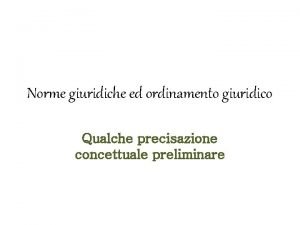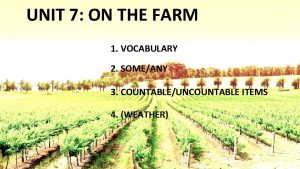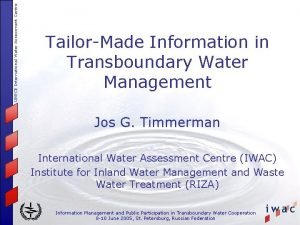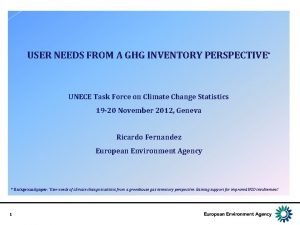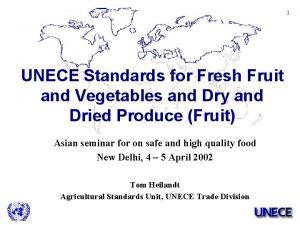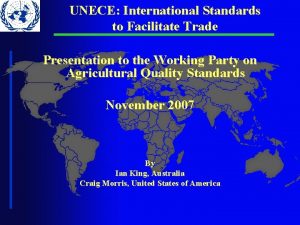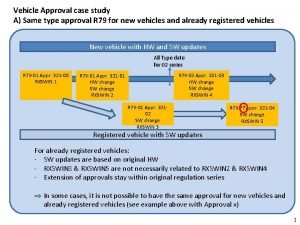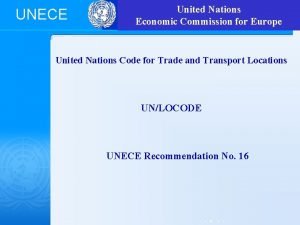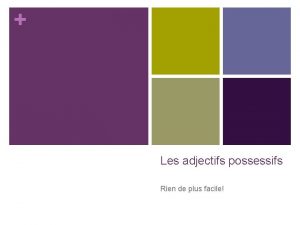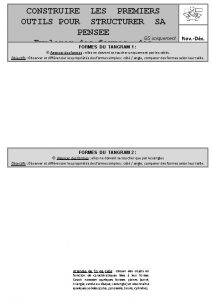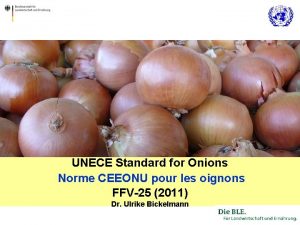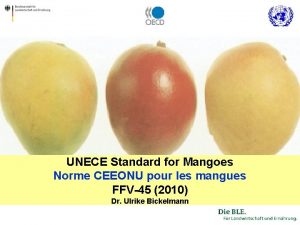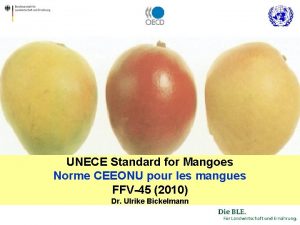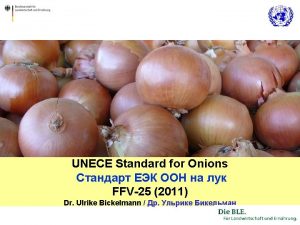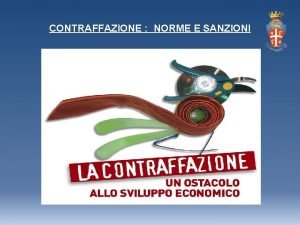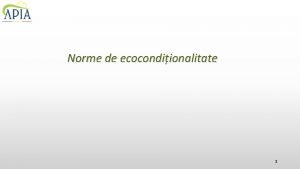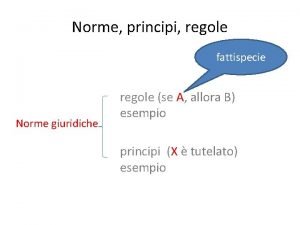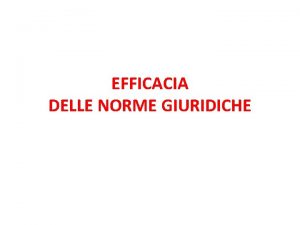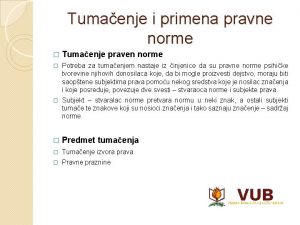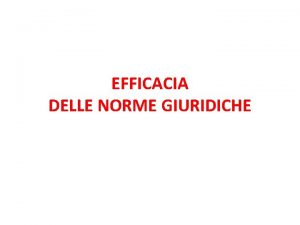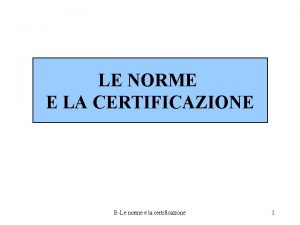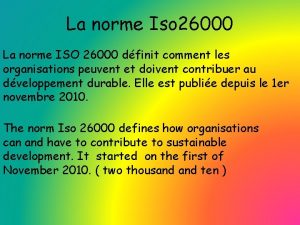UNECE Standard for Onions Norme CEEONU pour les







































- Slides: 39

UNECE Standard for Onions Norme CEEONU pour les oignons FFV-25 (2011) Dr. Ulrike Bickelmann 1

World / Monde: 66. 9 Mio. t Statistics Statistique Producing countries / Pays producteurs – TOP 14 – 2008 (FAO-Stat) China 20. 8 Mio. t 31 % India 8. 2 Mio. t 12 % USA 3. 3 Mio. t 5 % Turkey 2. 0 Mio. t 2. 9 % Pakistan 2. 0 Mio. t 2. 9 % Russian Federation 1. 9 Mio. t 2. 9 % Egypt 1. 7 Mio. t 2. 5 % Iran 1. 7 Mio. t 2. 5 % Brazil 1. 3 Mio. t 1. 9 % Japan 1. 2 Mio. t 1. 8 % Mexico 1. 2 Mio. t 1. 8 % Netherlands 1. 1 Mio. t 1. 6 % Spain 1. 1 Mio. t 1. 6 % Ukraine 1. 1 Mio. t 1. 6 % 2 Source: FAO-Stat

Onions in Germany / Oignons en Allemagne 2008 (FAO-Stat) t National production Exports % 407, 602 63, 452 Imports – total 230, 000 100, 0 Imports EU countries (27) 161, 766 70 Imports NON-EU 68, 406 30 Spain 75, 652 33 Netherlands 52, 444 23 New Zealand 30, 676 13 Australia 12, 752 6 Italy 10, 961 5 Poland 8, 046 3 Argentina 8, 011 3 South Africa 6, 663 3 France 6, 472 3 Chile 4, 587 2 United Kingdom 3, 005 1 Per capita consumption 6. 8 kg 3

Statistics Statistique Inspection at Import (Non EU) to Germany Fruit and Vegetables (of which onions – figures in brackets) year application waiver conformity rejection 2007 124, 845 t (29, 524 t) 10, 658 t (1, 194 t) 109, 148 t (25, 809 t) 5, 039 t 4. 4 % (2, 221 t) (7. 9 %) 2008 138, 446 t (41, 831 t) 15, 464 t (3, 423 t) 119, 836 t (37, 170 t) 3, 146 t 2. 5 % (1, 238 t) (3, 2 %) 2009 (Jan-June) 83, 522 t (32, 409 t) 21, 591 t (6, 150 t) 59, 829 t (25, 352 t) 2, 102 t (907 t) 3. 4 % 3. 5 %) main defects: rots, mould, visible shoots, labelling 4

Definition of produce Définition du produit Range of onion varieties grown from Allium cepa L. Cepa Group Spectre de variétés issues d'Allium cepa L. Cepa Group 5

Definition of produce Définition du produit not covered by the standard for onions ne pas couverts par la norme pour les oignons green onions with full leaves oignons verts à feuilles entières shallots Allium cepa L. Aggregatum Group échalotes Allium cepa L. Aggregatum Group 6

Minimum requirements Caractéristiques minimales not intact – not allowed ne pas entiers – exclus 7

Minimum requirements Caractéristiques minimales not sound, produce affected by rotting or deterioration such as to make it unfit for consumption – not allowed ne pas sains; les produits sont atteints de pourriture ou d’altérations telles qu’elles rendraient impropres à la consommation – exclus 8

Minimum requirements Caractéristiques minimales not sound, produce affected by rotting or deterioration such as to make it unfit for consumption – not allowed ne pas sains; les produits sont atteints de pourriture ou d’altérations telles qu’elles rendraient impropres à la consommation – exclus 9

Minimum requirements Caractéristiques minimales not sound, produce affected by rotting or deterioration such as to make it unfit for consumption – not allowed ne pas sains; les produits sont atteints de pourriture ou d’altérations telles qu’elles rendraient impropres à la consommation – exclus 10

Minimum requirements Caractéristiques minimales not sound, produce affected by rotting or deterioration such as to make it unfit for consumption – not allowed ne pas sains; les produits sont atteints de pourriture ou d’altérations telles qu’elles rendraient impropres à la consommation – exclus 11

Minimum requirements Caractéristiques minimales not clean, practically free of any visible foreign matter – not allowed ne pas propres, pratiquement exempts de toute matière étrangère visible – exlus 12

Minimum requirements Caractéristiques minimales not free from damage due to frost – not allowed ne pas exempts de dommages dus au gel – exclus 13

Minimum requirements Caractéristiques minimales sufficiently dry for the intended use (in the case of onions for storing, at least the first two outer skins and the stem must be fully dried) suffisamment secs aux fins de l’utilisation prévue (pour les oignons destinés à la conservation, les deux premières pellicules extérieures au moins, ainsi que la tige 14

Minimum requirements Caractéristiques minimales with hollow or tough stems – not allowed munis de tige creuse et résistante – exclus 15

Minimum requirements Caractéristiques minimales not practically free from pests – not allowed ne pas pratiquement exempts de parasites – exclus 16

Minimum requirements Caractéristiques minimales not free from damage caused by pests affecting the flesh – not allowed ne pas exempts d’attaques de parasites qui altèrent la chair – exclus 17

Minimum requirements the stems must be twisted or clean cut and must not exceed 6 cm in length (except for stringed onions) Caractéristiques minimales la tige doit être tordue ou présenter une coupure nette et ne pas dépasser 6 cm de longueur (sauf pour les oignons présentés en tresses 18

Class I Catégorie I typical of the variety – firm and compact – limit allowed caractéristiques de la variété – fermes et consistants – limite admise 19

Class I Catégorie I free from externally visible shoots exempts de germes extérieurement visibles 20

Class I Catégorie I practically free of root tufts; however, for onions harvested before complete maturity, root tufts are allowed pratiquement dépourvus de touffe radiculaire. Toutefois, pour les oignons récoltés avant complète maturité, la présence de touffe radiculaire est admise 21

Class I Catégorie I slight defect in shape (but free from swelling caused by abnormal vegetative development) – limit allowed un léger défaut de forme (mais exempts de renflements provoqués par un développement végétatif anormal) – limite admise 22

Class I Catégorie I light staining that does not affect the outer skin, provided it does not cover more than 1/5 of the bulb’s surface – limit allowed de légères taches n’affectant en aucune manière la pellicule extérieure à condition qu’elles 23 n’excèdent pas un cinquième de la surface du bulbe – limite admise

Class I Catégorie I superficial cracks in, and partial absence of the outer skins, provided the flesh is protected – limit allowed des fissures superficielles des pellicules extérieures et l’absence partielle de celles‑ci à condition que la chair soit protégée – limite admise 24

Class II Catégorie II not allowed - 10 % tolerance only exclus - 10 % tolérances defects in shape – limit allowed des défauts de forme – limite admise 25

Class II Catégorie II slight marking caused by parasites or disease – limit allowed des marques légères résultant d’attaques parasitaires ou de maladies – limite admise 26

Class II Catégorie II 1 % or 2 % decay 1 % ou 2 % de dégradation slight marking caused by parasites or disease – limit allowed des marques légères résultant d’attaques parasitaires ou de maladies – limite admise 27

Class II Catégorie II slight healed bruising – limit allowed de légères meurtrissures cicatrisées – limite admise 28

Class II Catégorie II not allowed - 10 % tolerance only exclus - 10 % tolérances stains that do not affect the outer skin, provided they do not cover more than 1/2 the bulb’s surface – limit allowed des taches n’affectant en aucune manière la pellicule extérieure, à condition qu’elles n’excèdent pas la moitié de la surface du bulbe – limite admise 29

Class II Catégorie II not allowed - 10 % tolerance only exclus - 10 % tolérances cracks in the outer skins and partial absence of over a maximum of 1/3 of the bulb’s surface, provided the flesh is not damaged – limit allowed des fissures dans les pellicules extérieures et l’absence partielle de celles-ci sur un tiers au maximum de la surface du bulbe à condition que la chair ne soit pas endommagée – limite admise 30

Sizing Calibrage Size determined by maximum diameter of the equatorial section Le calibre est déterminé par le diamètre maximal de la section équatoriale Minimum size / diamètre minimum: 10 mm Maximum size range Fourchette de calibre maximum Size group Groupe de calibre 5 mm 10 mm to < 20 mm 15 mm to < 25 mm 15 mm 20 mm to < 40 mm 20 mm 40 mm to < 70 mm 30 mm 70 mm and over / et plus 31

Tolerances Tolérances Class I A total tolerance of 10 per cent, by number or weight, of onions not satisfying the requirements of the class but meeting those of Class II is allowed. Within this tolerance not more than 1 per cent in total may consist of produce satisfying neither the requirements of Class II quality nor the minimum requirements or of produce affected by decay. Catégorie I Une tolérance de 10 % au total, en nombre ou en poids, d’oignons ne correspondant pas aux caractéristiques de la catégorie, mais conformes à celles de la catégorie II est autorisée. Dans le cadre de cette tolérance, au plus 1 % des produits peuvent ne correspondre ni aux caractéristiques de qualité de la catégorie II ni aux caractéristiques minimales, ou peuvent être atteints de dégradation. Class II A total tolerance of 10 per cent, by number or weight, of onions satisfying neither the requirements of the class nor the minimum requirements is allowed. Within this tolerance not more than 2 per cent in total may consist of produce affected by decay. In addition, a maximum tolerance of 10 per cent, by number or weight, of bulbs showing early evidence of externally visible shoot growth is allowed. Catégorie II Une tolérance de 10 % au total, en nombre ou en poids, d’oignons ne correspondant pas aux caractéristiques de la catégorie ni aux caractéristiques minimales est autorisée. Dans le cadre de cette tolérance, au plus 2 % des produits peuvent être atteints de dégradation. En plus, une tolérance de 10 % au total, en nombre ou en poids, d’oignons présentant un début de germination extérieurement visible est autorisée. Size A total tolerance of 10 per cent, by number or weight, of onions not satisfying the requirements as regards sizing is allowed. Calibre Une tolérance de 10 % au total, en nombre ou en poids, d’oignons ne répondant pas aux exigence en ce qui 32 concerne le calibrage est autorisée.

Tolerance Class II Tolérances – Catégorie II not allowed - 10 % tolerance only exclus - 10 % tolérances early evidence of externally visible shoot growth – limit allowed début de germination extérieurement visible – limite admise 33

Tolerance Class II Tolérances – Catégorie II externally visible shoot growth – bulb not reasonably firm – 2 % tolerance only germination extérieurement visible – bulbe ne pas suffisamment ferme – 2 % tolérances 34

Presentation Présentation 35

Presentation Présentation onions presented in bulk in the transport vehicle oignons présentés en vrac dans un véhicule de transport 36

Presentation Présentation mixture of onions of distinctly different colours mélange d’oignons de couleurs nettement différents 37

Marking Marquage § § § § Packer and/or dispatcher (physical address) Country of origin (full name) Class Size Emballeur et /ou expéditeur (adresse physique) Pays d'origine (le nom entier) Catégorie Calibre example of marking printed on the package exemple de marquage imprimé sur le colis 38

Many thanks for attention! Merci pour votre attention! 39
 Mappa concettuale sulle norme giuridiche
Mappa concettuale sulle norme giuridiche Esempio norme sociali
Esempio norme sociali Haribo c'est beau la vie
Haribo c'est beau la vie Exemple texte expressif
Exemple texte expressif Toi et moi basel
Toi et moi basel There are some onions on the table
There are some onions on the table Is breaking a pencil a physical change
Is breaking a pencil a physical change An ingredient that can permanently bind unlike ingredients
An ingredient that can permanently bind unlike ingredients Magic bullet chocolate mousse
Magic bullet chocolate mousse Unece
Unece Unece
Unece Cenelec vs atex
Cenelec vs atex Impactnexus
Impactnexus Tailor information
Tailor information Unece
Unece What is the unfccc
What is the unfccc Unece nuclear energy
Unece nuclear energy Unece standards
Unece standards Unece
Unece Unece
Unece Unece
Unece Unece cyber security
Unece cyber security Unece 118
Unece 118 Geoffrey hamilton unece
Geoffrey hamilton unece Gsbpm unece
Gsbpm unece Unece rxswin
Unece rxswin Unlocode
Unlocode Unece transport
Unece transport Unece r16
Unece r16 Toutes les mamans du monde
Toutes les mamans du monde Pour les enfants du monde entier
Pour les enfants du monde entier Sd-wan pour les nuls
Sd-wan pour les nuls A toutes les mamans du monde
A toutes les mamans du monde Pour toutes les mamans du monde paroles
Pour toutes les mamans du monde paroles Il faut chanter
Il faut chanter Jaitrouv
Jaitrouv Les adjectifs démonstratifs s'utilisent pour
Les adjectifs démonstratifs s'utilisent pour Dmr pour les nuls
Dmr pour les nuls Construire les premiers outils pour structurer sa pensée
Construire les premiers outils pour structurer sa pensée Chiac pour les dummies
Chiac pour les dummies
